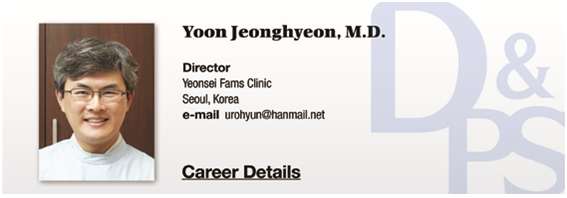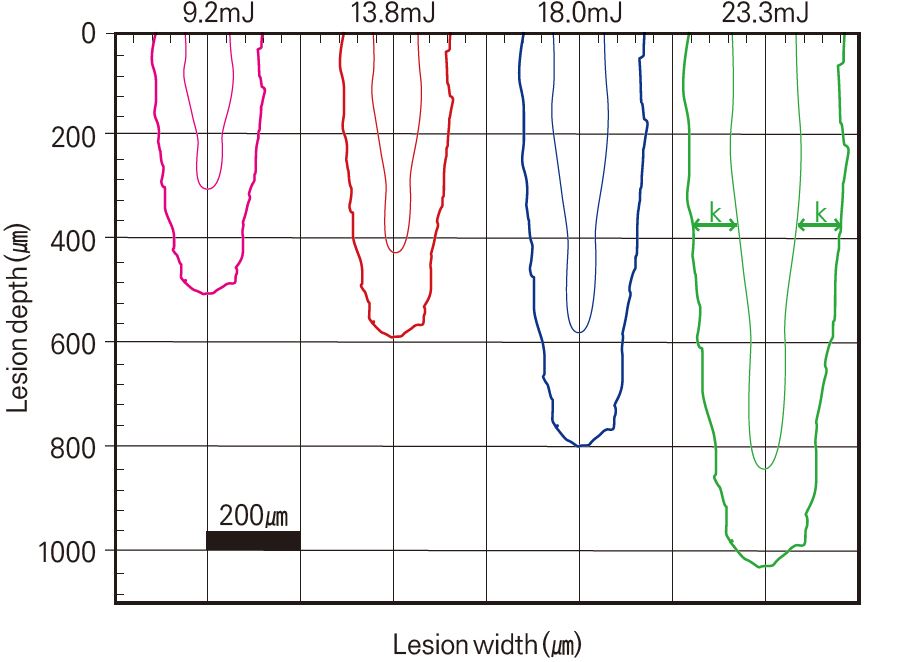
▶ Previous Artlcle: #11-1. Ablative Fractional Laser
Overlapping parts of fractional beams increase during the third pass, and overlapping parts increase further with more passes (Picture 3).
As a result, overlapping occurs more than two to three times in the same area, which lengthens the post-operative recovery time, increasing the subsequent risk of adverse effects, rather than increased effectiveness of the treatment.
[Advertisement] MAGNUM(Q-switched Nd:YAG Laser) – Manufacturer: (www.i-dana.com)]
When the nonablative fractional laser method is delivered for Caucasians, it is normally recommended that the percent coverage of the first procedure be 26%, and cover most of the face for five procedures.
Based on my experience, I think the reasonable percent coverage for a single procedure is 15-20%, because applying Caucasians’ percent coverage to Northeast Asians increases the risk of developing erythema and PIH.
And, because the ablative fractional laser causes excessive swelling and redness in the early post-procedure period, its recommended percentage coverage is about 10-15%, which is lower than that of the nonablative fractional laser.
Picture 2. Changes of depth and width of microablative column and coagulation zone according to pulse energy.
-To be continued





















